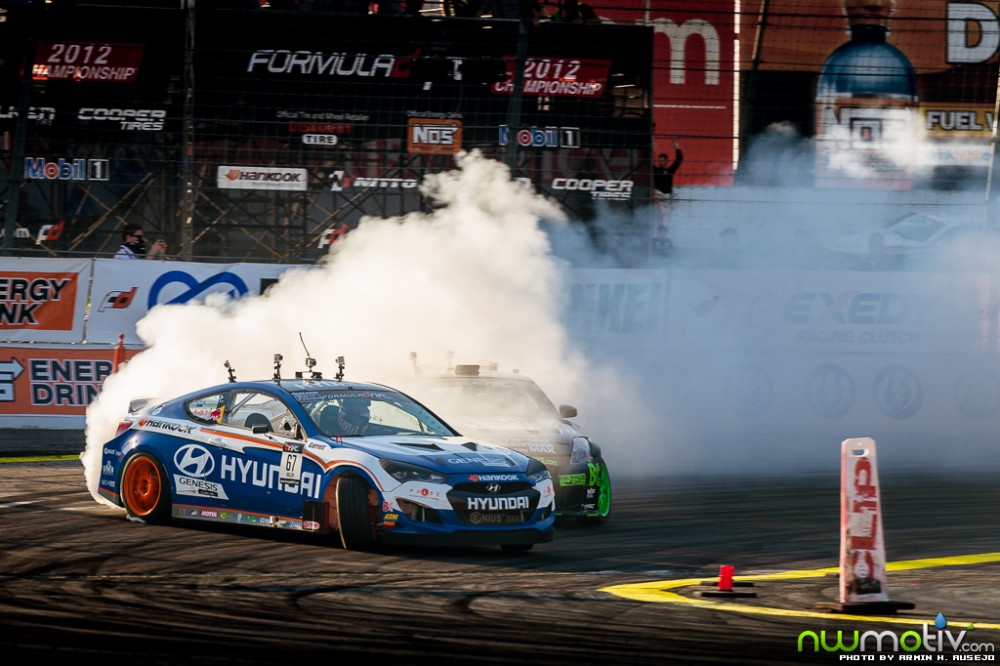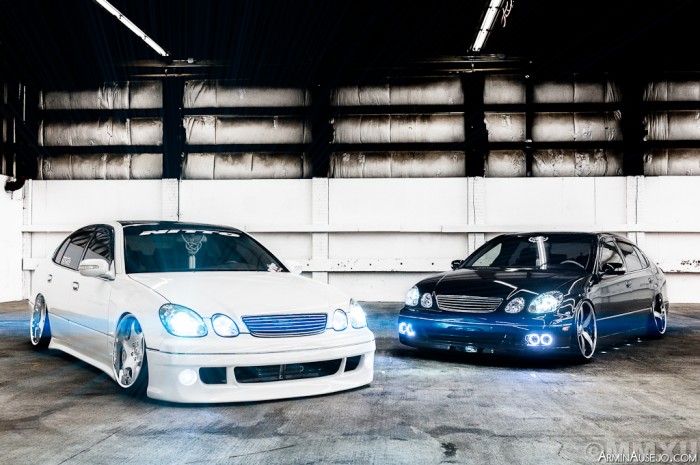The beauty of having a DSLR is the ability to change lenses, given the type of photo you want and the situation. However, the multitude of lens options can be quite daunting, so it really helps to at least know what all the numbers and letters mean. Each of these numbers and letters can help guide you to figure out if the lens you’re looking at is indeed what you really need. First and foremost, let’s take a look at focal length.
Focal Length
Focal length is determined by the length in millimeters noted on the lens itself. The reason why lens manufacturers decided to measure this is millimeters isn’t important for our needs, but if you’re truly curious, feel free to do the math with Bob Atkins here. The main point to remember is that a short distance means you get a wider angle, whereas a longer distance gives you more zoom power, or “telephoto.” The “normal” focal length, which is as close as possible to what our own eyes see in 20/20 vision, is 50mm when attached to a 35mm film camera. This same convention has transferred over to the digital world in what are known as “full frame” cameras, which have a camera sensor at the same size as a frame of 35mm film. Here are a couple examples to show the difference between wide angle and telephoto on a full frame camera:




